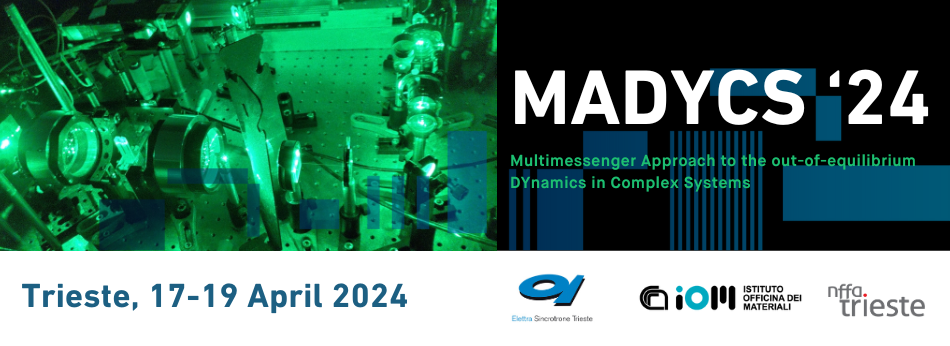Speaker
Description
The development of quantum simulators, artificial platforms where the predictions of many-body theories of correlated quantum materials can be tested in a controllable and tunable way, is one of the main challenges of condensed matter physics. Here we introduce artificial lattices made of lead halide perovskite nanocubes as a new platform to simulate and investigate the physics of correlated quantum materials. We demonstrate that optical injection of quantum confined excitons in this system realizes the two main features that ubiquitously pervade the phase diagram of many quantum materials: collective phenomena, in which long-range orders emerge from incoherent fluctuations, and the excitonic Mott transition, which has one-to-one correspondence with the insulator-to-metal transition described by the repulsive Hubbard model in a magnetic field. Our results demonstrate that time-resolved experiments provide a quantum simulator that is able to span a parameter range relevant for a broad class of phenomena, such as superconductivity and charge-density waves.

